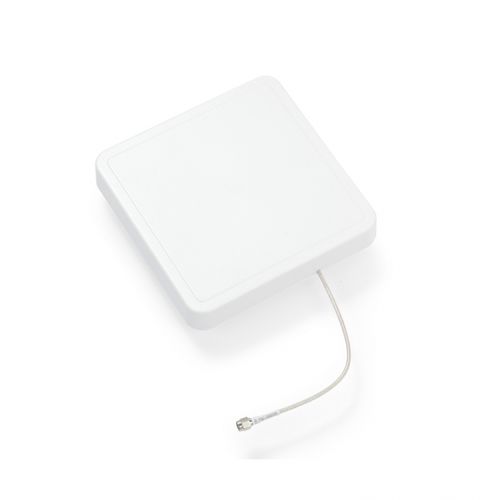
#Industry News
The Anti-Counterfeiting System Of Alcohol Based On RFID Technology
The Anti-Counterfeiting System Of Alcohol Based On RFID Technology
Radio frequency identification technology (RFID) can realize the tracking and information sharing of goods in the world by combining with Internet technology. It is the direction of enterprise information development in the future. The anti-counterfeiting system of alcohol based on RFID technology, which is made of large-scale integrated circuit, has the characteristics of high processing difficulty, low cost, and can be certified by the enterprise, etc., which will bring a revolutionary breakthrough to the anti-counterfeiting technology of alcohol. This solution applies RFID technology to wine and other containers with caps, and realizes the anti-counterfeiting of commodities through the bottle structure design and background authentication system.
The system consists of specially designed bottle cap and bottle body, RFID reader, communication network and anti-counterfeiting database server. When the wine bottle is opened, the sharp surface of the cutting device at the bottle mouth will cut off the connection between the antenna and the chip, so that the RFID reader cannot read the chip code on the top of the wine bottle cover, so as to prevent the second use of the wine bottle. In this system, in addition to the unique coding of the RF chip, the reader writer also has the unique coding, and is registered in the anti-counterfeiting database of the distillery or the third party. The unique code of the reader writer is bound to the registered user (usually the store or restaurant of the sales terminal). Only the registered reader writer can query the chip code information. Therefore, only commodities sold through regular channels can access the anti-counterfeiting database. For consumers, the authenticity of the wine can be judged by checking the information on the display screen of the seller's reader writer.
UHF RFID READER
As for the realization of the system, the wine manufacturers only need to install RFID related equipment in the wine cap and bottle processing link of the original production line, and establish anti-counterfeiting database. The manufacturer uses integrated technology to attach special RF chips and antennas to the original bottle cap and bottle body, and registers the corresponding codes of these labels into the product information in the anti-counterfeiting database. At the same time, it provides the wholesalers or hotel salesmen with special reader and writer equipment with cost of hundreds of yuan, and requires them to register in the anti-counterfeiting database. In this way, the manufacturer can not only understand all the sales terminal segments of the product according to the information provided by the reader writer, but also make statistics on the sales situation.
The specific use method of the system is as follows: for an unopened wine bottle, a RF chip is attached to the inner side of the top of the bottle cap, a chip lead attached to the inner side of the bottle cap wall is connected to a metal strip at different positions on the bottle cap, the antenna body on the wine bottle body is connected with the metal strip to form a path, and the cutting device on the bottle cap is located between the RF chip and the antenna body, with a sharp edge The sharp side can cut off the connection between the two with the rotation of the bottle cap. The RFID reader reads the code of the radio frequency tag and sends it together with the unique code of the reader to the anti-counterfeiting database server for authentication by SMS. If both codes are authorized, they pass the verification and send back the confirmation message. Once the bottle is opened, the cutting device will damage the antenna and the radio frequency core. The chip can't get enough excitation voltage to fail, so as to realize commodity anti-counterfeiting.
This anti-counterfeiting method makes use of RFID technology. On the hardware, devices such as large-scale production of integrated circuit chips and tag antennas are used. Manufacturers can easily manufacture them, but forgers need to spend a lot of money to copy these technologies. RFID chips and reader codes are the only codes under the overall unified coordination, which will not give forgers a gap. At the same time, this dual authentication mechanism also It is managed and controlled by the manufacturer, which improves the reliability of the system. After the wine bottle is opened, no matter to the wine bottle or the bottle cap, the cutting device will damage the chip and the antenna channel irreversibly, which also eliminates the phenomenon of using the old bottle and the new wine, and further cuts off the possibility of success of the forger. Under the guarantee of the above three anti-counterfeiting designs, theoretically, the reliability of this anti-counterfeiting method can completely meet the requirements of alcohol production enterprises.






